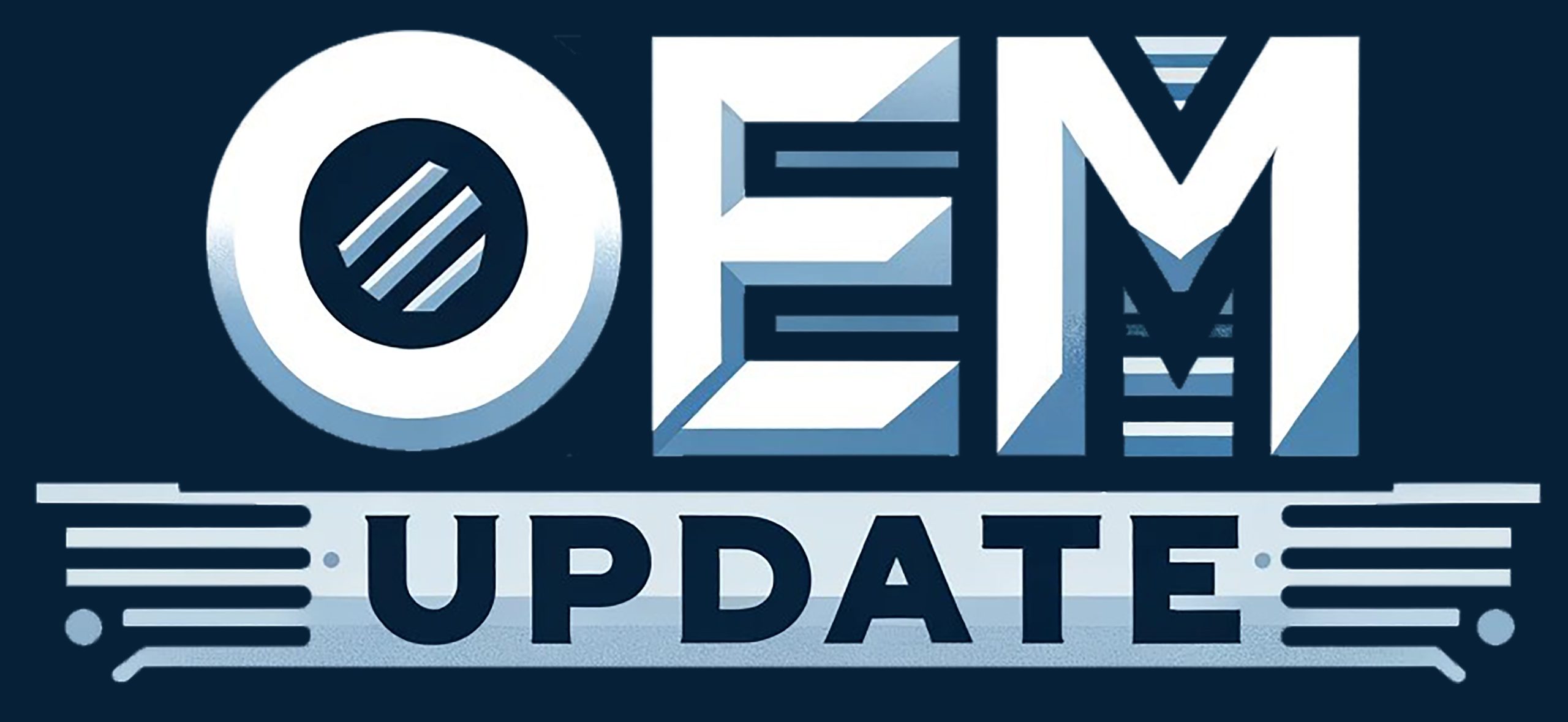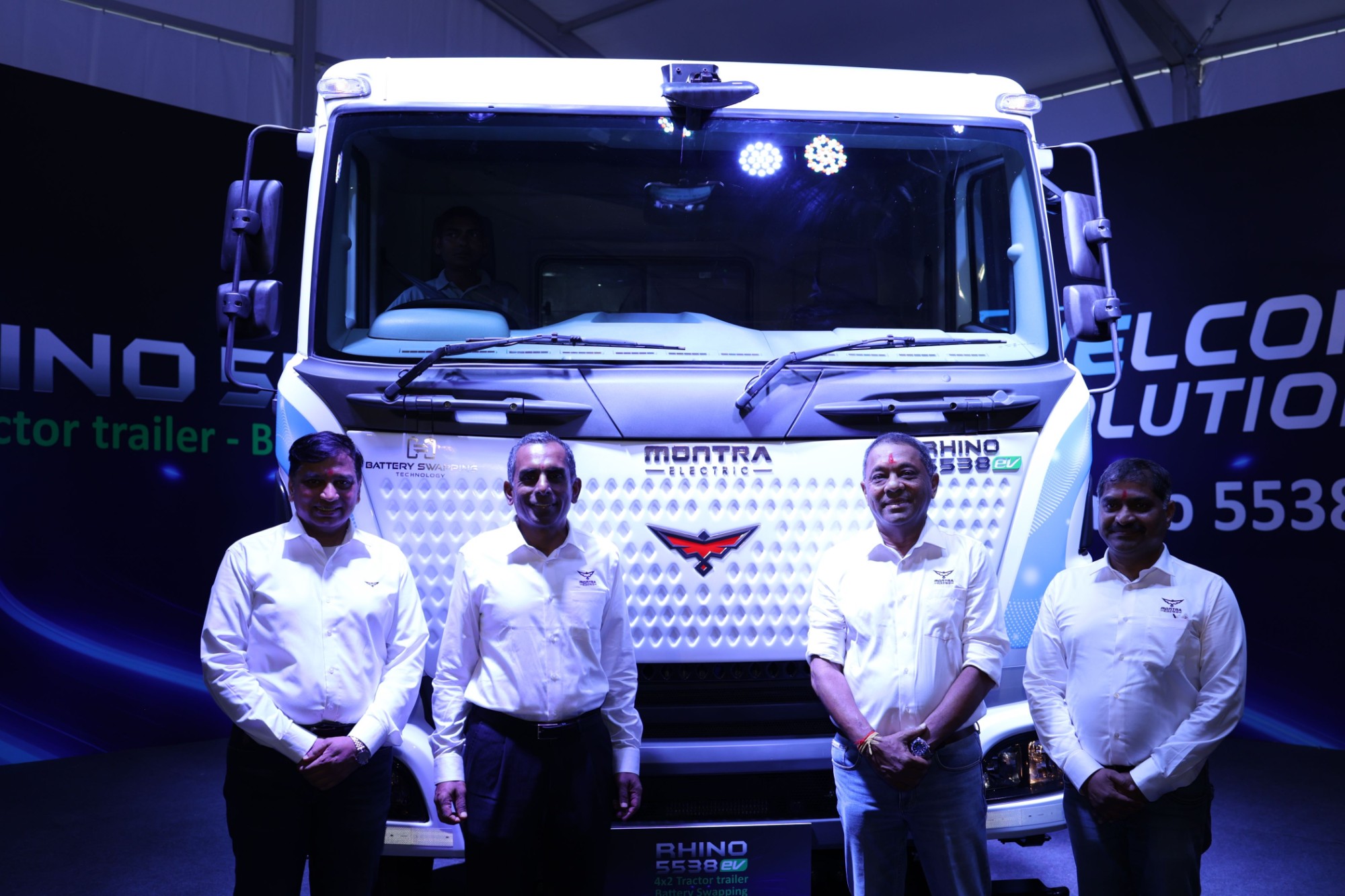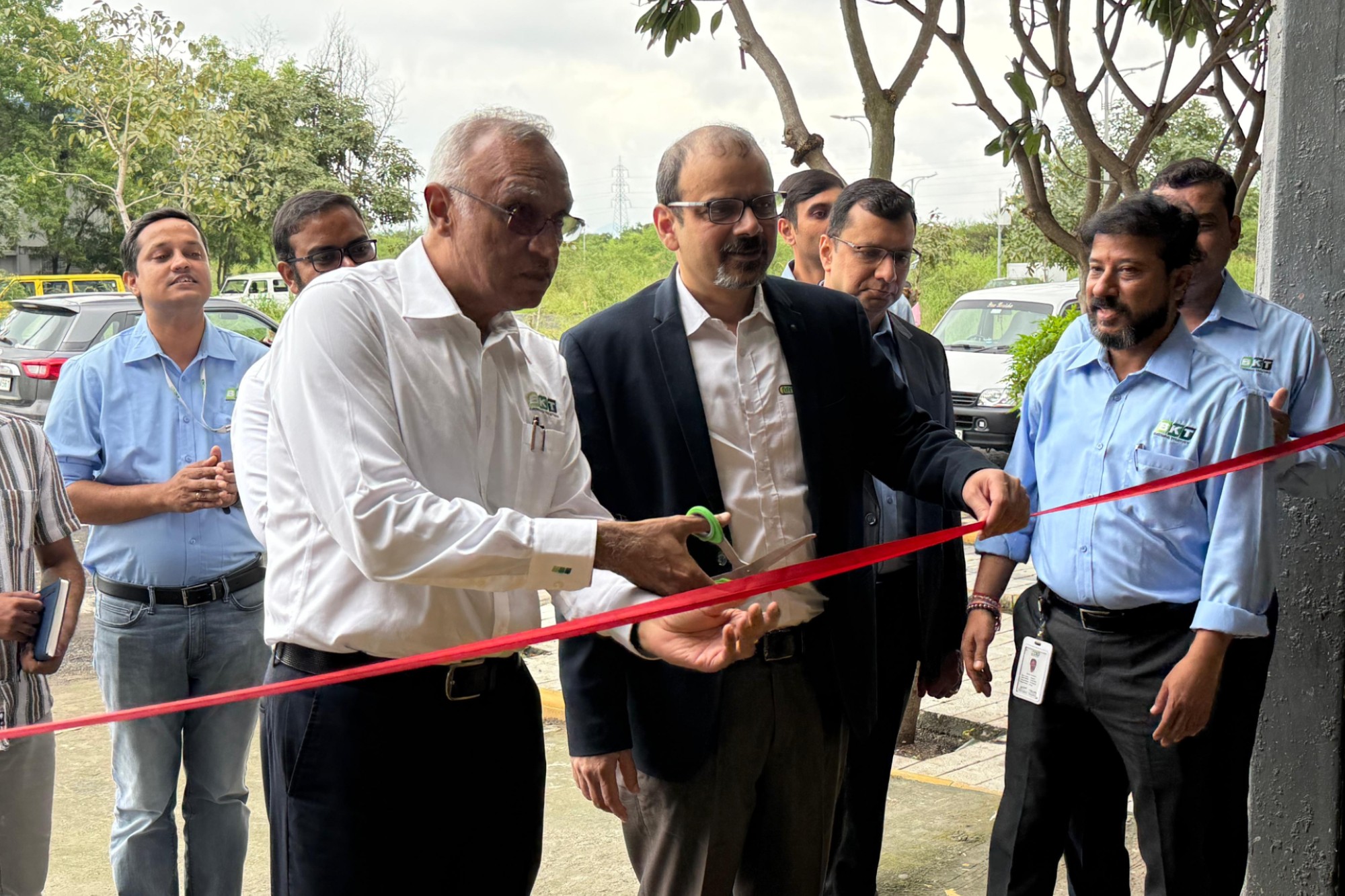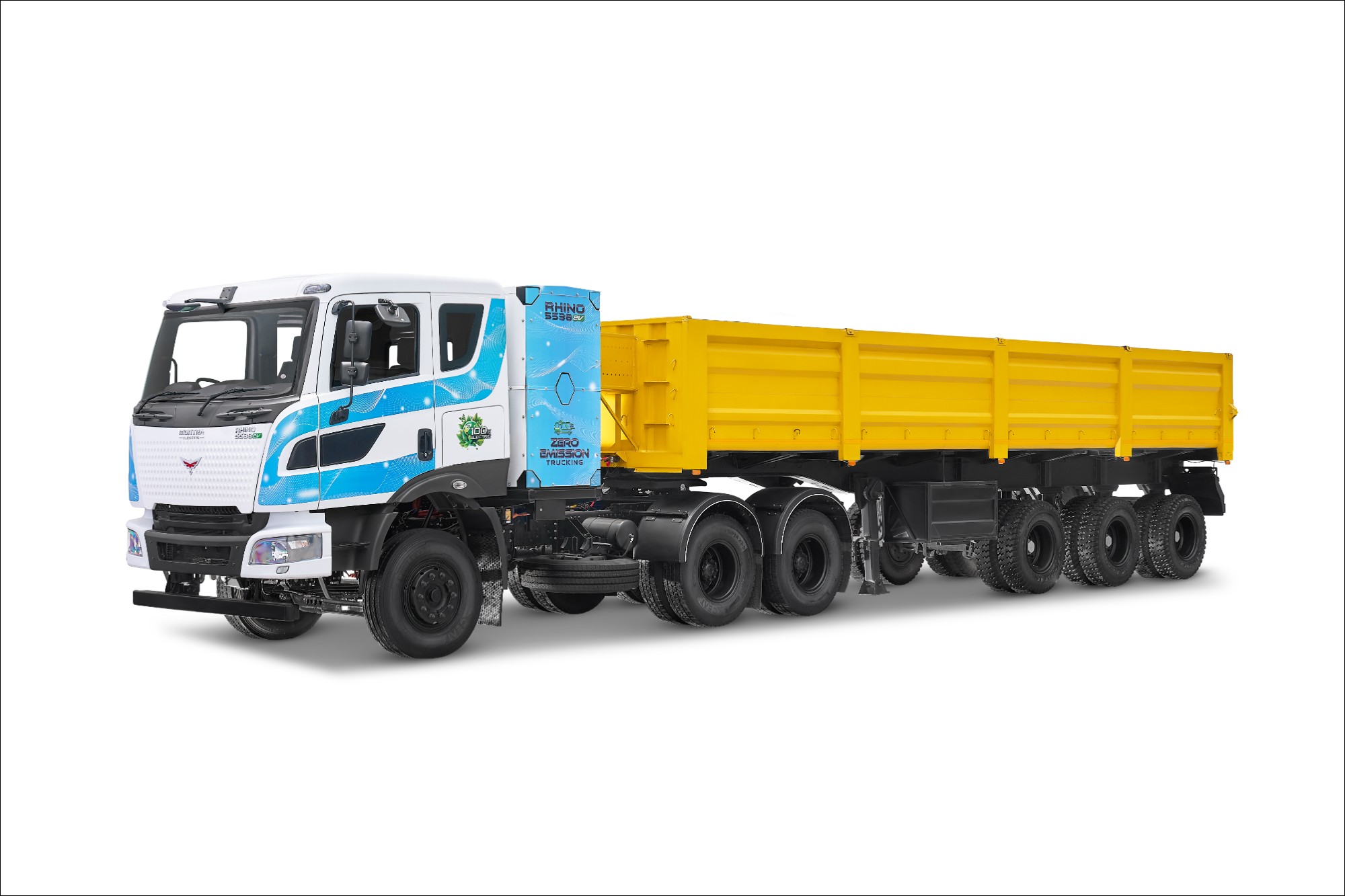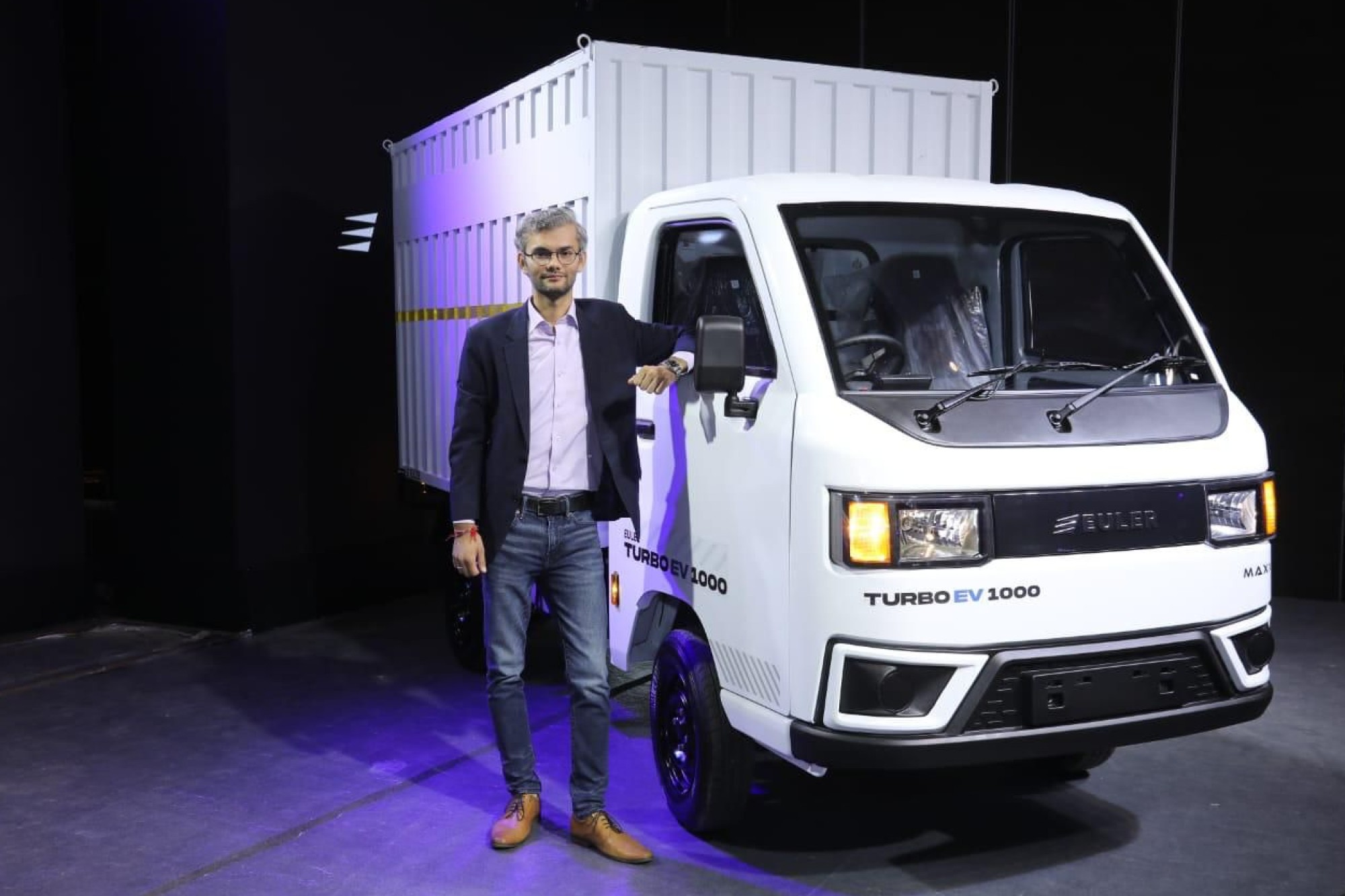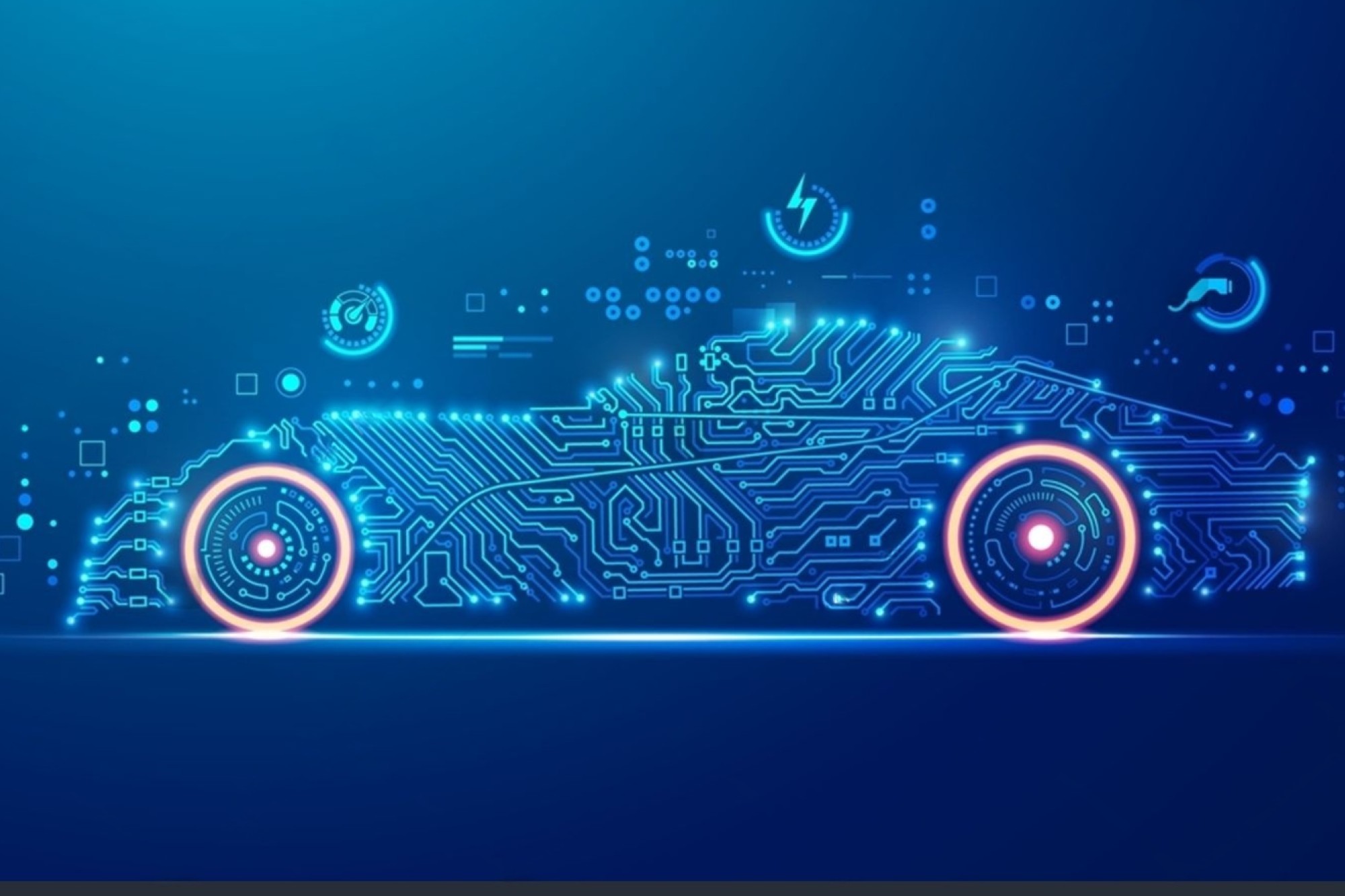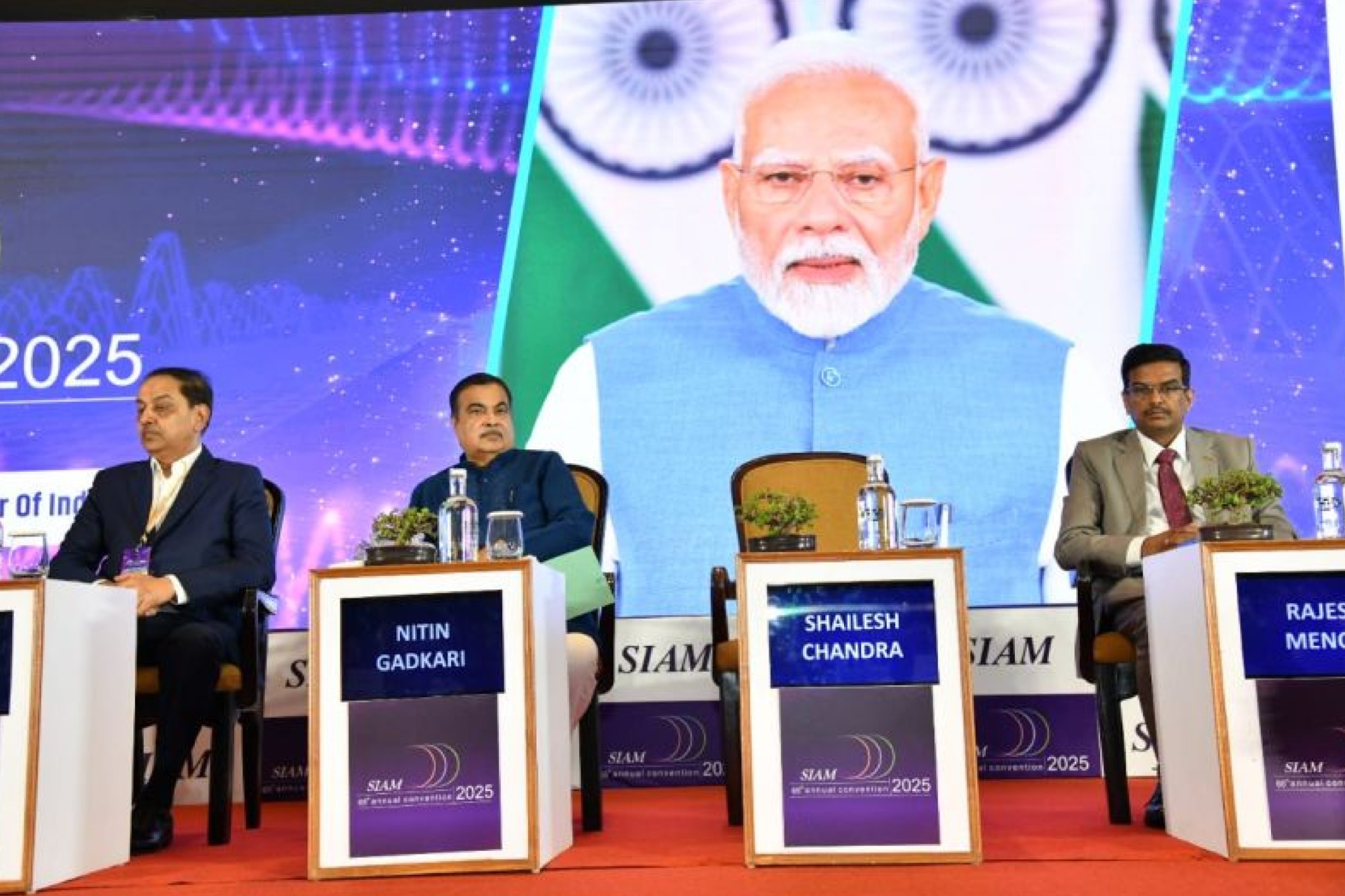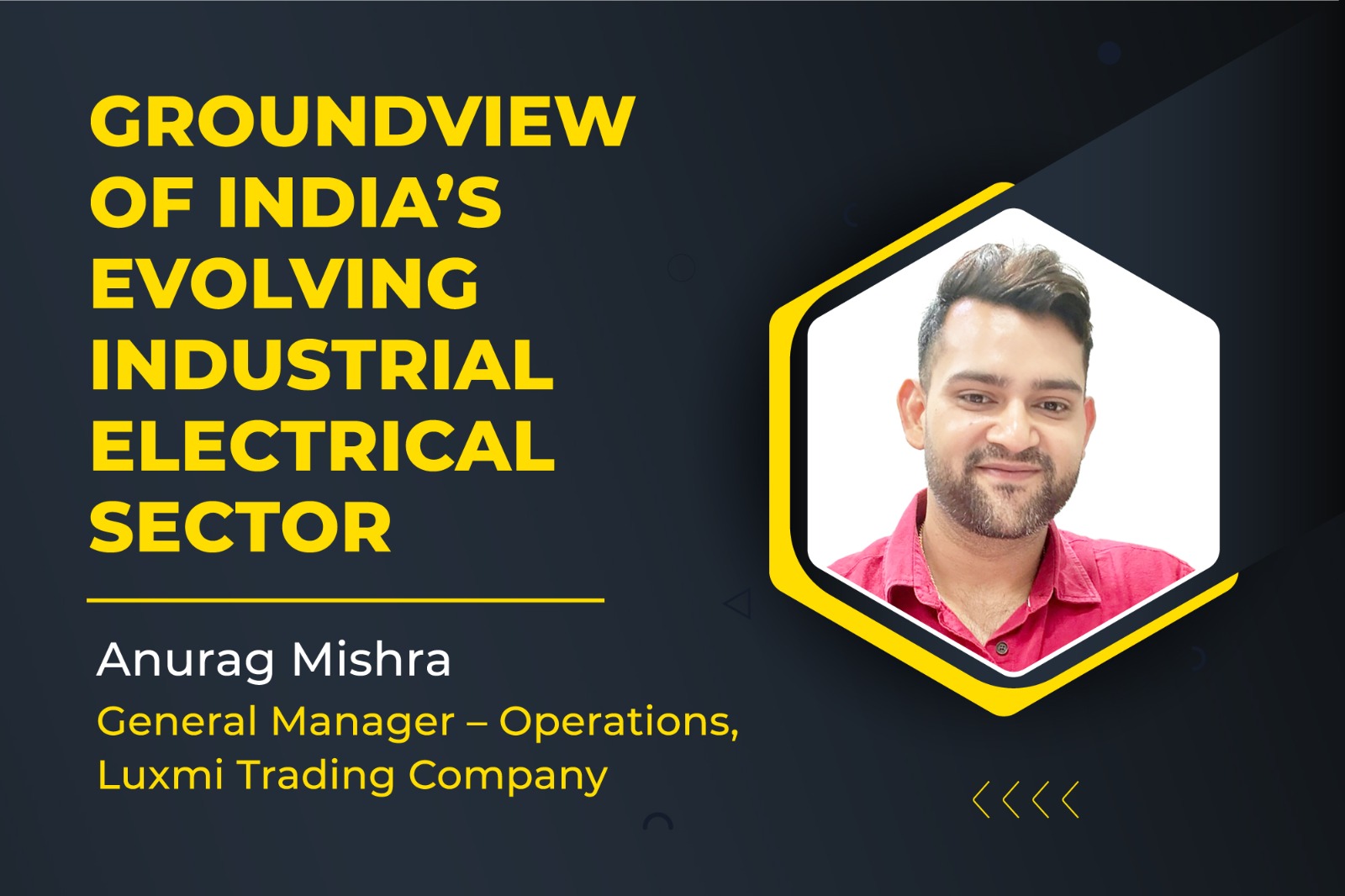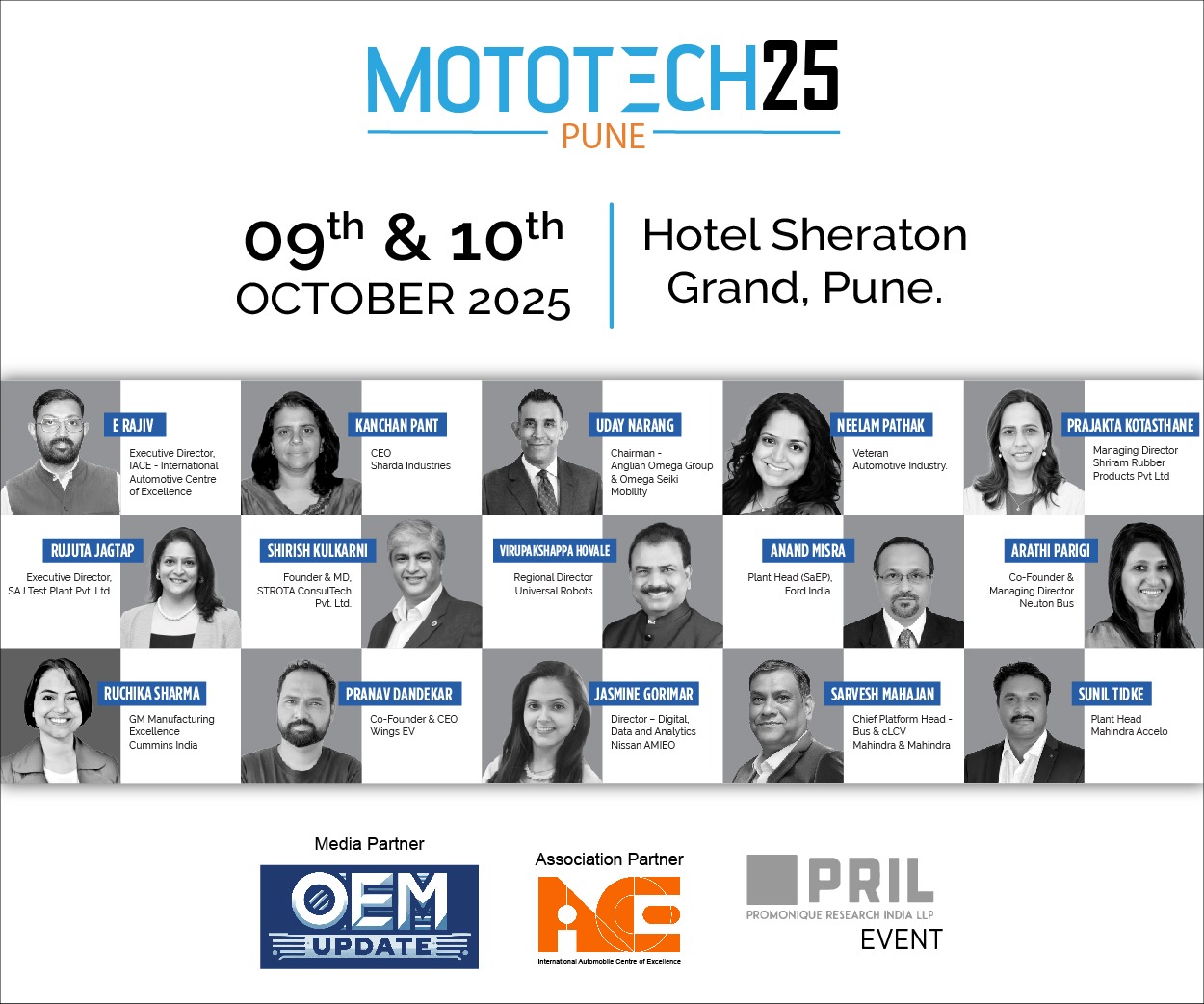Savy’s ‘Fit-for-India’ EV plan is winning trust beyond metros
By Staff Report June 6, 2025 12:56 pm IST
Savy follows a user-first design approach, ensuring its vehicles are tested for real-world safety and performance. Founder and CEO Chandan Mundhra explains that Tier 2 and Tier 3 towns need practical, reliable electric vehicles—and that’s exactly what Savy delivers, where others fall short.
What was the idea behind Savy Electric, and what problem is it trying to address in the Indian ecosystem?
Savy Electric Vehicle Pvt. Ltd. was founded with a vision to provide sustainable, inclusive, and scalable solutions to India’s urban mobility and environmental challenges. Our philosophy centres on green technology and responsible innovation, focusing on affordable and energy-efficient electric vehicles designed for Indian conditions.
India faces significant issues, including rising air pollution, reliance on imported fossil fuels, and inadequate public transportation in smaller towns. Savy addresses these challenges with a range of electric three-wheelers and utility-focused EVs, offering practical alternatives to traditional fuel-based vehicles.
Our vehicles utilise both lithium-ion and lead-acid battery systems, offering extended life cycles and accessible charging infrastructure. In doing so, Savy is laying the groundwork for India’s green logistics revolution while supporting initiatives such as “Make in India,” “Atmanirbhar Bharat,” and “Net Zero Emissions by 2070.”
In summary, Savy focuses on three key pillars of India’s mobility ecosystem: clean transportation, affordability and accessibility, and localised innovation.
What were the major challenges you faced navigating the EV market, and how did you carve out a space for yourself?
Entering the EV market in India posed technical, infrastructural, and perceptual challenges. One of the biggest hurdles was market scepticism—customers and dealers were initially hesitant due to concerns over battery life, charging infrastructure, performance, and long-term reliability.
We also faced a lack of standardised EV ecosystem support, especially in Tier 2 and Tier 3 cities. Building local supply chains, service networks, and after-sales support required starting from scratch. Inconsistent state policies, limited financing options, and high battery costs added to the complexity.
To establish Savy, we localised product development and invested in R&D to design vehicles suited for Indian roads, load demands, and climate. We have established a robust after-sales network, featuring spare parts availability, technical training, and support in underserved areas. Offering both lithium-ion and lead-acid variants provided flexible, cost-effective options for different user needs.
We also engaged directly with drivers, fleet operators, and small businesses to understand their challenges and build trust through transparent communication and real-world performance. These efforts helped position Savy as a reliable brand focused on value, durability, and sustainability.
What are some of the most significant technological advancements you’ve implemented in your EVs, and how have they impacted performance or efficiency?
Our approach to technology is grounded in real-world usability and safety-centric innovation. A core implementation is our dual battery platform, offering both lithium-ion and lead-acid variants. Our lithium-ion systems feature an advanced Battery Management System (BMS) that optimises charge-discharge cycles, protects against over-voltage and deep discharge, and extends battery life.
To enhance efficiency, we’ve integrated a Regenerative Braking System that converts kinetic energy during braking into electrical energy, feeding it back into the battery. This improvement improves range by 12–15%, reduces brake wear, and extends system longevity.
Understanding India’s varied terrain, we’ve implemented Hill Assist Technology on select models to prevent rollback on inclines, improving driver confidence and safety in hilly areas or urban ramps.
In response to growing concerns about EV safety, we’ve introduced real-time temperature sensors in battery packs and motor compartments. These monitor thermal activity and trigger alerts or cut-offs if temperatures exceed safe thresholds, reducing risks of thermal runaways or fires and ensuring regulatory compliance.
We’ve also deployed smart controllers optimised for high torque and energy efficiency, along with lightweight modular chassis for greater load-bearing without compromising range. Our Digital Instrument Clusters offer real-time vehicle diagnostics, supported by IoT-based telematics for fleet tracking, remote diagnostics, and performance analytics.
These advancements have improved mileage, energy efficiency, and safety across conditions, lowered operational costs, and increased user satisfaction and fleet uptime.
Can you walk us through the process of sourcing automotive components for your vehicles? What key criteria do you prioritise when selecting suppliers?
At Savy, our sourcing philosophy is rooted in quality, safety, and localisation. Unlike many in the industry who rely on untested imported components—often Chinese and lacking proper R&D—we have followed a Make-in-India-first approach from day one.
Many EVs assembled with generic, non-standardised parts struggle under Indian road conditions, extreme temperatures, and variable loads, leading to thermal issues, breakdowns, and fire risks. To prevent this, we develop key powertrain components—especially the motor and controller—in-house, tailored for Indian use cases, including rural roads, humidity, dust, and gradients.
Our sourcing is driven by indigenous manufacturing. We prioritise Indian suppliers who meet our quality standards and offer long-term collaboration. Over 90% of our components are sourced domestically or developed in-house under strict design control. Each part, electrical or mechanical, must pass rigorous tests simulating real-world Indian conditions—heat, braking, water ingress, and overloads. Safety and compliance are non-negotiable; all suppliers are vetted for AIS, BIS, and EV-specific standards, with regular audits ensuring consistent quality and thermal safety.
We also seek partners open to innovation. A key example is our battery project with a renowned Japanese company. This pack is designed for Indian conditions with ultra-fast charging (90% in 25 minutes), high thermal resilience, and enhanced safety features to reduce fire risks.
We believe true innovation comes from engineering, not just assembly. That’s why we invest in local R&D, customised components, and strong supplier relationships—ensuring product reliability and safety and supporting India’s EV self-reliance and sustainable growth.
Do you source engines, motors, and other key components locally, or do you explore international markets for these parts? If international sourcing is necessary, what challenges do you face in the Indian market?
At Savy, our core strategy is to source and develop critical components locally to suit Indian roads, climates, and usage conditions. Our motors, controllers, frames, and electrical systems are either manufactured in-house or sourced from certified Indian vendors known for quality and scalability.
We also value global collaborations in areas where India is still developing industrial capabilities—such as battery cell chemistry, thermal management materials, and high-efficiency charging systems—where domestic options at the required quality level are limited.
When international sourcing is necessary, we face India-specific challenges, including customs delays, regulatory ambiguity regarding certification and safety, and integration issues due to performance mismatches. Aftermarket service is another gap, as many foreign suppliers lack local support and spares.
These challenges underscore the need for strategic localisation for cost, reliability and scalability. Our roadmap includes setting up localised joint ventures to co-develop advanced EV technologies while ensuring supply chain consistency and adaptability.
Ultimately, every sourcing decision is guided by one principle: Fit-for-India first. Whether domestic or global, every component must meet our standards for durability, safety, and sustainability in Indian conditions.
What are the key challenges you face in integrating efficient and scalable charging solutions for your electric vehicles, and how are you working to ensure that charging infrastructure keeps pace with the growing adoption of EVs?
One of the key challenges in India’s electric mobility ecosystem is the lack of accessible, reliable, and scalable charging infrastructure, especially in semi-urban and rural areas.
At Savy, we address this through an integrated approach. On the vehicle side, we’re advancing battery technology in collaboration with international partners to enable ultra-fast charging—up to 90% in 25 minutes—while ensuring safety and optimal battery life.
To complement this, our wholly-owned subsidiary, Fully Charged, focuses exclusively on developing India’s charging infrastructure. It is deploying a robust network of vehicle-compatible charging stations in high-demand areas such as logistics hubs, commercial fleets, and last-mile delivery centres. We are also innovating with portable and modular charging solutions for areas with limited grid access, enabling flexible charging anytime, anywhere.
Additionally, we are exploring smart charging management systems with IoT integration for real-time monitoring, energy optimisation, and load balancing—crucial for efficient fleet operations. Battery-swapping models for e-rickshaws and delivery vehicles are also being evaluated to reduce downtime and improve efficiency.
This ecosystem ensures Savy EVs are backed by scalable, sustainable charging infrastructure developed through Fully Charged, driving user confidence and accelerating India’s shift to electric mobility.
How do you handle the logistics and supply chain challenges that come with scaling manufacturing operations in the EV space?
Scaling up EV manufacturing in India requires navigating complex supply chains. At Savy, we’ve built a strong network of domestic vendors to ensure consistency, reduce lead times, and minimise import dependence—keeping us cost-competitive and aligned with Indian conditions.
To avoid bottlenecks and maintain quality, we design and manufacture key components, such as motors and controllers, in-house, tailored for India’s roads and climate.
Advanced ERP and inventory control systems enable real-time tracking of procurement, production, and logistics. This digital backbone boosts efficiency, minimises delays, and supports rapid scalability. Our modular production units can quickly ramp up capacity without compromising quality.
We’ve established reliable logistics partnerships for swift and safe distribution across various geographies. For international markets, we utilise a CKD (Completely Knocked Down) model, shipping disassembled vehicle kits for local assembly. This reduces shipping costs and import duties and meets localisation norms in target regions.
To ensure supply continuity, we maintain alternate suppliers for all mission-critical components, protecting against disruptions and constraints.
Cookie Consent
We use cookies to personalize your experience. By continuing to visit this website you agree to our Terms & Conditions, Privacy Policy and Cookie Policy.
